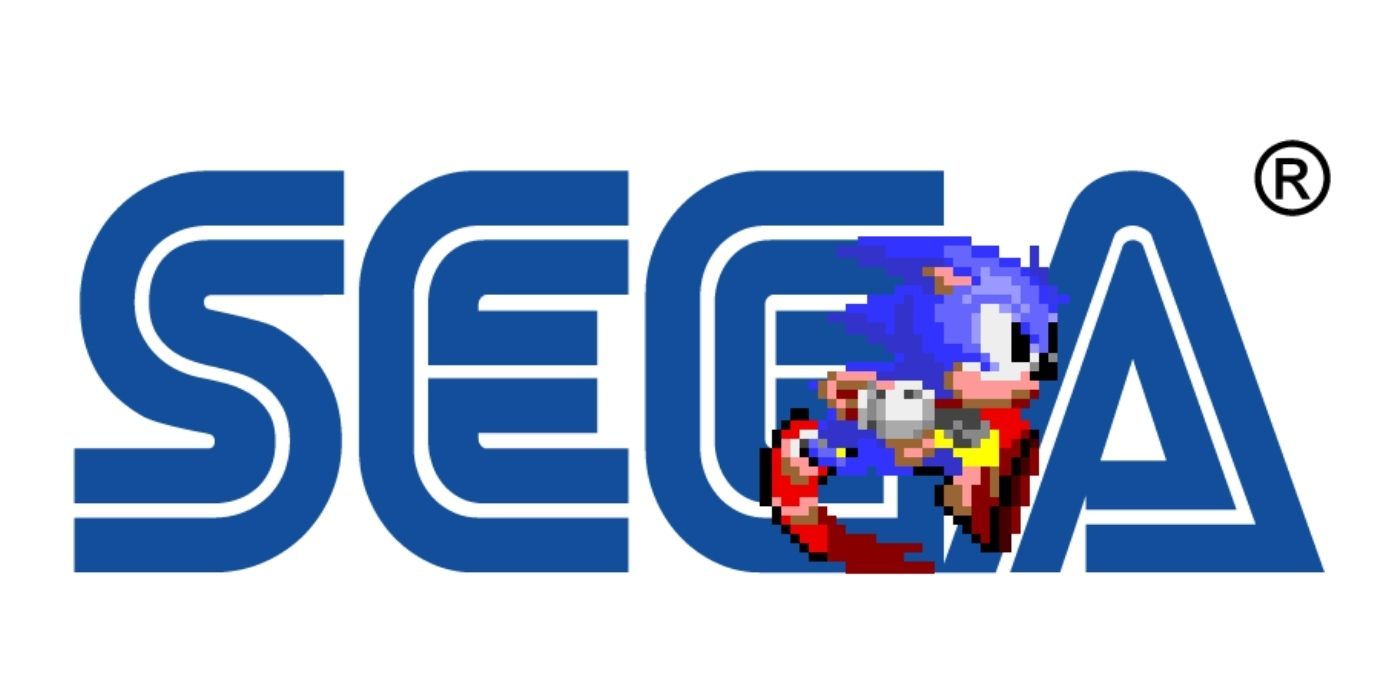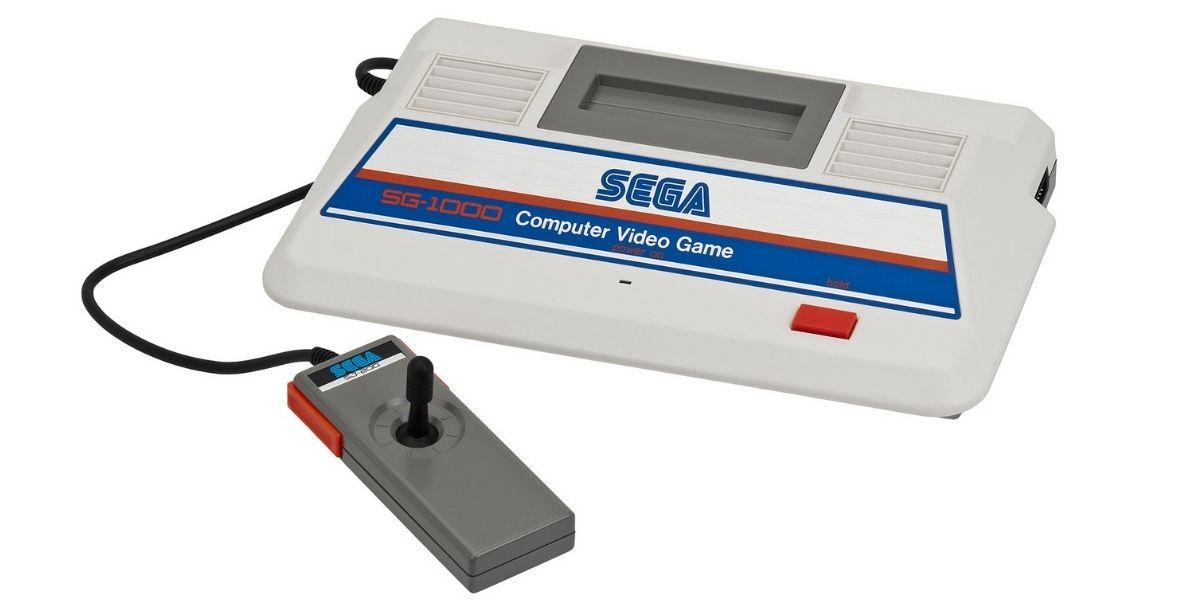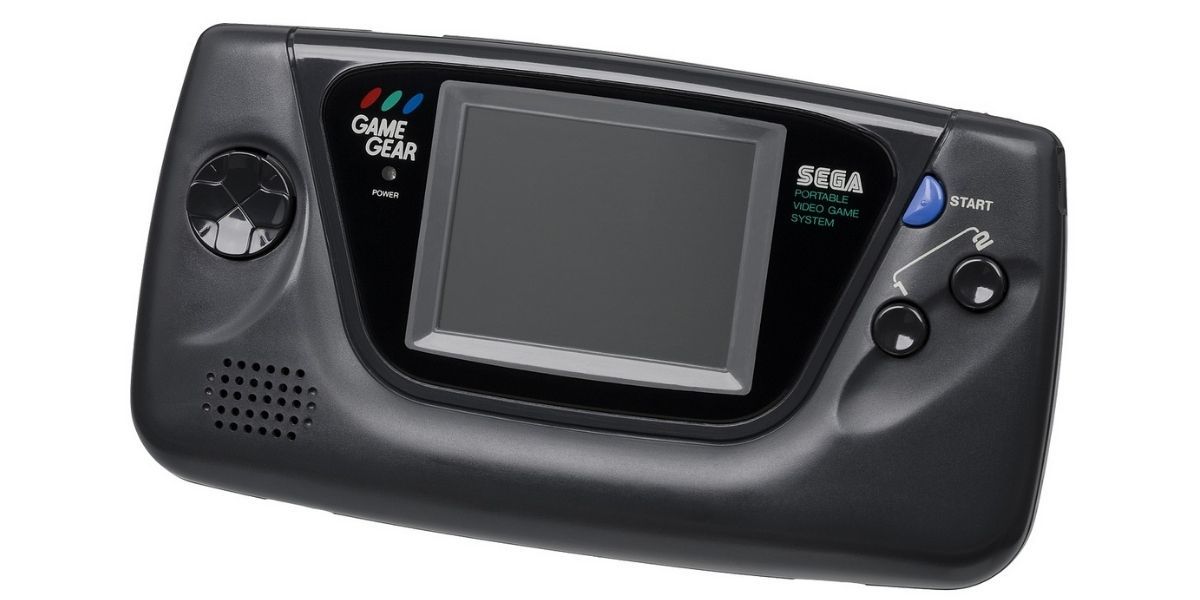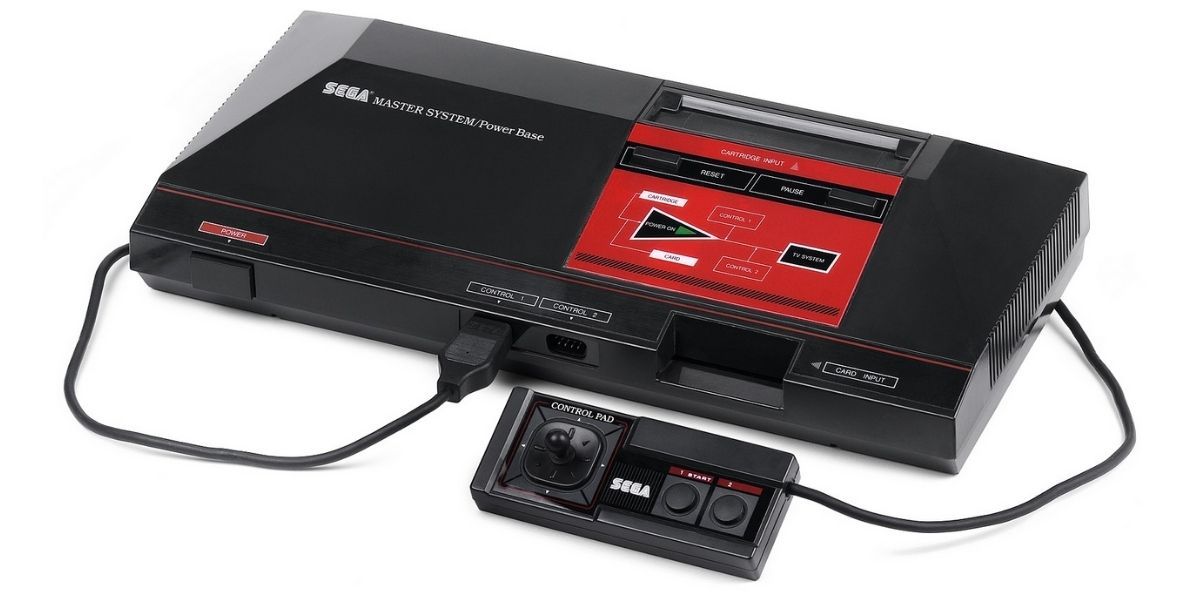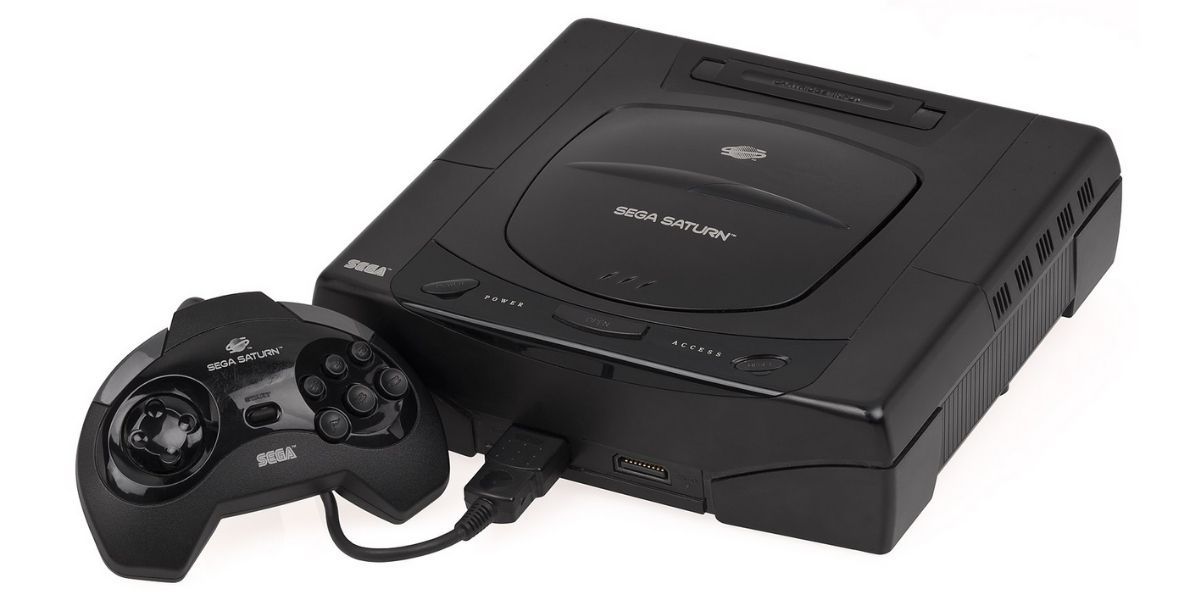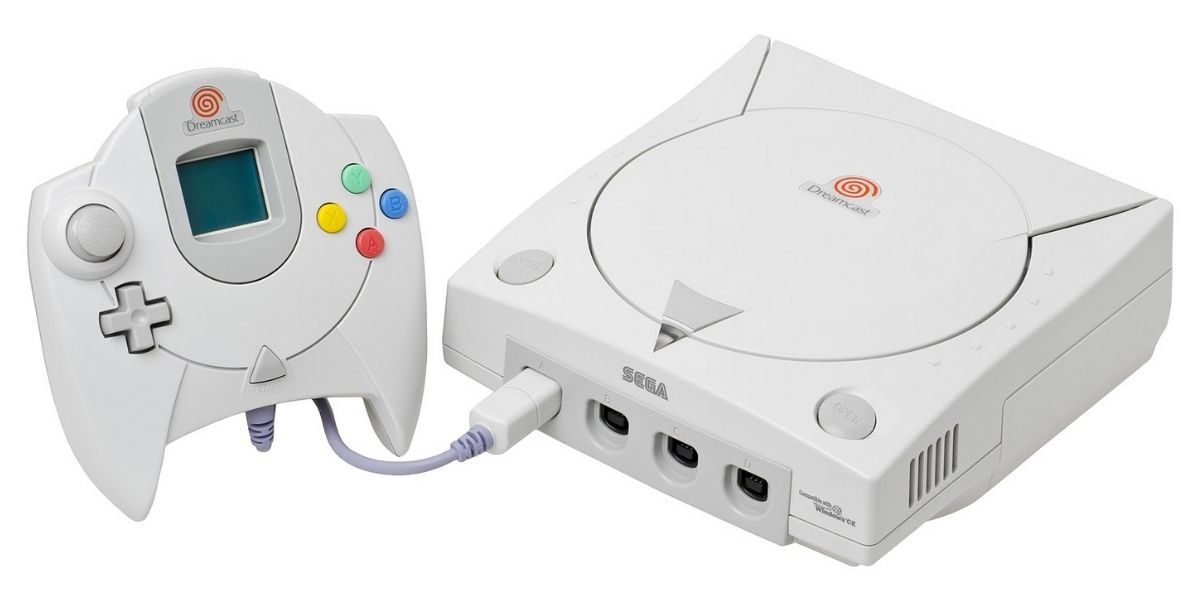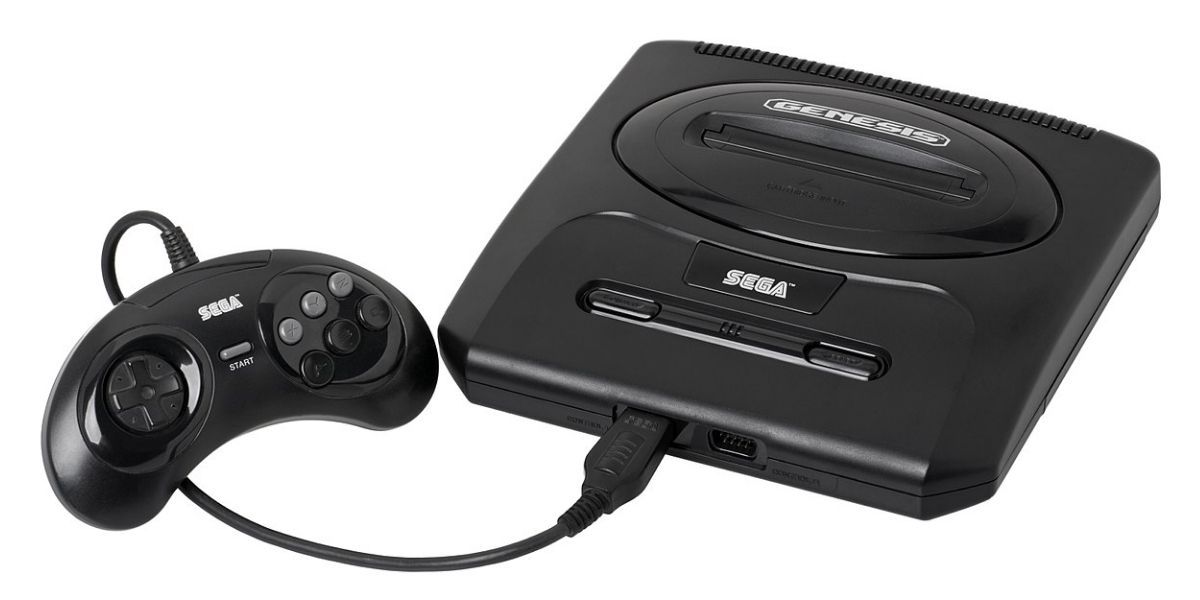Sega, created in 1960, started off as a coin-operated game manufacturer. The first coin-operated game they created was Periscope, an analog shooting gallery game that simulates submarines attacking warships. As arcades began to die out in the 80s, Sega decided to enter the home video game console world by releasing the Sega SG-1000 which came out in 1983, the same year as the infamous North American video game crash so it was released exclusively in Japan.
After some time, Sega’s consoles broke out from obscurity in the West and more closely competed with Nintendo with the Sega Genesis in 1988. This was the era when Sega got it right and cemented themselves into the video game industry, something they still profit from, though not in the same capacity. Over the next few years, they made a few very large mistakes from the Sega CD and Sega 32X which were made to prolong the life of the Sega Genesis but only served to alienate some of their fans. After all of this, they were forced to leave the console market and become third party developer, a position they still hold today. Though Sega isn’t what it used it to be, it should be applauded for its contributions to the industry and it’s dethroning the somewhat tyrannical Nintendo in the 90s, who at the time would limit the number of games developers could create each year in hopes of avoiding another market crash. So to look back at Sega’s great nearly 20-year run as a console manufacturer, here is each console ever released by the house of the hedgehog.
6 Sega SG-1000
As mentioned previously, the Sega SG-1000 or Sega Computer Video Game SG-1000 was exclusive to Japan and was Sega’s very first video game console. Sega, who at this point was involved heavily in arcade cabinet production, realized that arcade sales were beginning to dwindle so they decided to join the home console manufacturer world alongside Atari, Commodore, and more.
The very same day the Sega SG-1000 was released, a certain toy manufacturer decided to also throw there hand in the ring by releasing the Famicom. That’s right, on the 15th of July in 1983, both Sega and Nintendo released their very first console to the market, though the SG-1000 barely saw a fraction of the success Nintendo did. The SG-1000 seen many revisions until finally, it was shelved for the SG-1000 Mark III or more commonly known as the Sega Master System.
5 Sega Gamer Gear
The Sega Game Gear was released in 1991 and was created to compete with Nintendo’s Game Boy. A marvel for the time, the Game Gear had full color and a backlit screen compared to the Game Boy which had neither.
The Game Gear was essentially a portable Sega Master System, with graphics and sound that matched Sega’s second home console. Many games that were released for the Master System were also released for the Game Gear with no loss in quality. However, the Game Gear’s bulky size and excessive need for batteries really make it show its age,
4 Sega Master System
Following the lack of success of the SG-1000, Sega, as they tended to do at the time, revised the system multiple times, releasing a computer model, an updated Sega SG-1000 Mark II, and finally released the Sega Master System in 1986 which is known as the SG-1000 Mark III in Japan.
In Europe, the Sega Master System was just as or maybe even more popular than the Nintendo Entertainment System. Brazil especially took a liking to the console with the system still being sold as a plug and play machine there, almost thirty-five years after its initial release.
3 Sega Saturn
In retrospect, many believe that the North American launch of the Sega Saturn is one of the biggest reasons Sega left the console market. Sega released their ill-fated Sega 32X in 1994, the same year as the Japanese release of the Sega Saturn. This made Sega seem greedy and made it clear that there was a definite disconnect between Sega of America and Sega of Japan.
While the Sega Saturn is seen as a failure in North America, in Japan it saw great success with over 800 titles being released that were exclusive to the region. Japan has always been more kind to Sega than North American audiences which at the time was becoming more and more crucial to a console’s success.
2 Sega Dreamcast
The Sega Dreamcast, released in 1998, was Sega’s final console before leaving the console market and turning into a third-party developer. Though the Dreamcast was ahead of its time with built-in online functionality and fantastic games, a combination of Sony’s PlayStation 2 and all of their prior losses led to failure and to their downfall. However, like the Sega Saturn, the Dreamcast saw plenty of love in its home country with 150 exclusive titles being released in the land of the rising sun.
Luckily, the Dreamcast is more loved than ever, with a majority of its titles being ported over to most modern consoles. Though Sega has left the console market and the quality of their games is questionable at times, they still and forever will be the King’s of arcade gaming.
1 Sega Genesis
The Sega Genesis, released in 1988, was Sega’s third and most successful console. The Genesis was created to compete with the Nintendo Entertainment System, but 2 years after the release of the Genesis, Nintendo released the Super Nintendo.
Though the Super Nintendo had overall better graphics and more colors, the Genesis had what was marketed as blast processing, which was just a fancy way of saying that it has more processing power to handle faster games. Because of this, the Genesis was the perfect home for many of Sega and many other third-party developer’s games and truly brought the arcade home.

